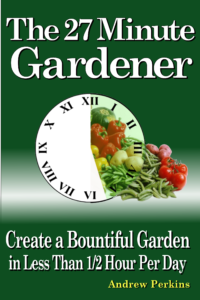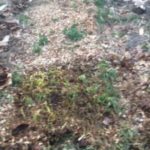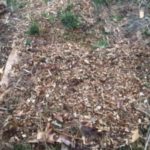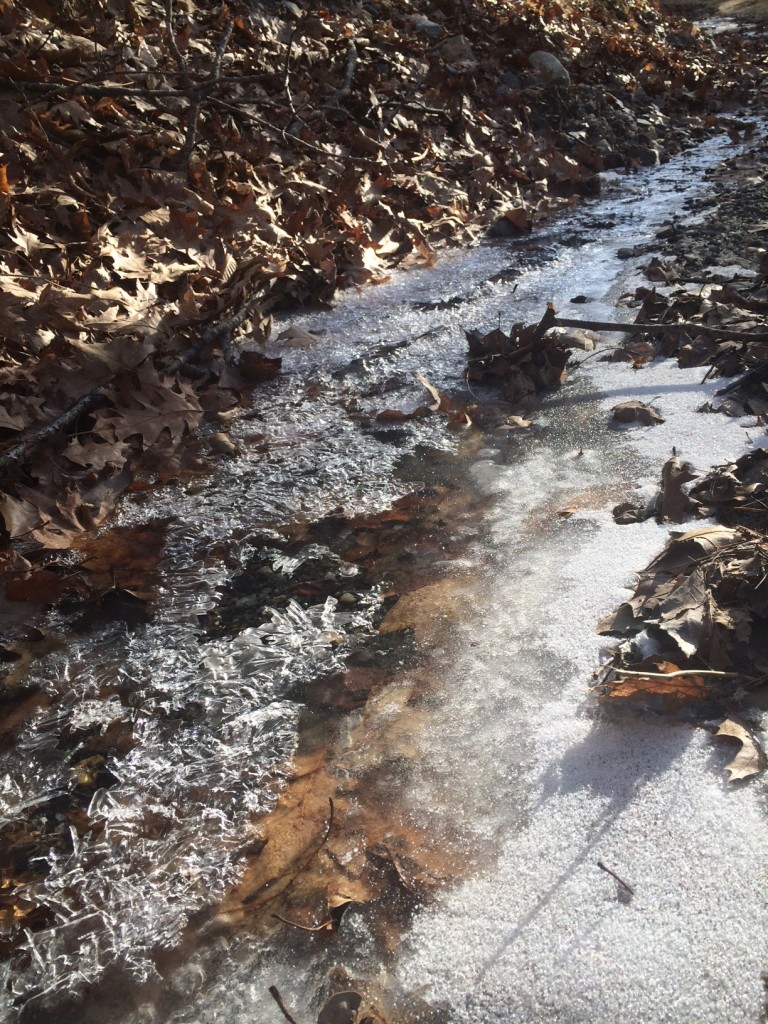There are many ways to mark what’s supposed to be growing where in your garden. They often become faded, knocked over or hidden by your vegetables. The best solution is to create a map of your garden. A simple sketch to a spreadsheet, you’ll find they come in very handy when you’re in the thick of it. What were you going to plant next? Did I plant this in the same spot last year? What should I grow here next?
There are a lot of online gardening maps available, from gardener’s supply‘s free site to paid for sites like the one on Almanac.com and others. They can all help you plan, especially on raw windy days.
The Hack:
Create your own map to print out and modify as you need. You can do this in a spreadsheet program such as Excel, or you can create one on google sheets. The important information includes the plant family, start date, specific name, days to maturity, and when your harvest date is. I also include what I’m planting next since I do succession gardening (plant, harvest, plant again in the same location).
Even easier: here’s a link to a google sheet already created. Simply save to your google drive and adjust as necessary. There are two sheets: the first is an example 3×3 garden, the second is a list of plant families for crop rotation. If you don’t grow one of the families, skip to the next one. The harvest date appears automatically (so don’t worry – you don’t have to wait until Dec. 30 to harvest!). Here’s the link:
Garden Planner on Google Sheets
There is also an excel spreadsheet available here:
Garden Planner (via 27 Minute Gardener)







 Back to blogging, though mostly on the “27minutegardener.com” site – I’ll be putting quick and easy hacks here that I’ve used or find interesting. This is one of the easiest (and free) hacks for supressing weeds.
Back to blogging, though mostly on the “27minutegardener.com” site – I’ll be putting quick and easy hacks here that I’ve used or find interesting. This is one of the easiest (and free) hacks for supressing weeds. Cut a half a hole on the folded edge in the center
Cut a half a hole on the folded edge in the center





 Is it time to garden yet? The outside says no, but the calendar says now. Not outdoors – I tried – the shovel won’t break through the mulch unless I use a blowtorch, but I won’t go to those extremes. Indoors, the sun is reaching one of our only southern facing windows and it’s waking me up sooner in the mornings. Ah, Zone 5b. March 6 marks 13 weeks before the last frost. Certainly not close enough to start tomatoes, close to the time if I decide to try my hand at Hubbard squash, definitely time for onions…
Is it time to garden yet? The outside says no, but the calendar says now. Not outdoors – I tried – the shovel won’t break through the mulch unless I use a blowtorch, but I won’t go to those extremes. Indoors, the sun is reaching one of our only southern facing windows and it’s waking me up sooner in the mornings. Ah, Zone 5b. March 6 marks 13 weeks before the last frost. Certainly not close enough to start tomatoes, close to the time if I decide to try my hand at Hubbard squash, definitely time for onions…



Recent Comments